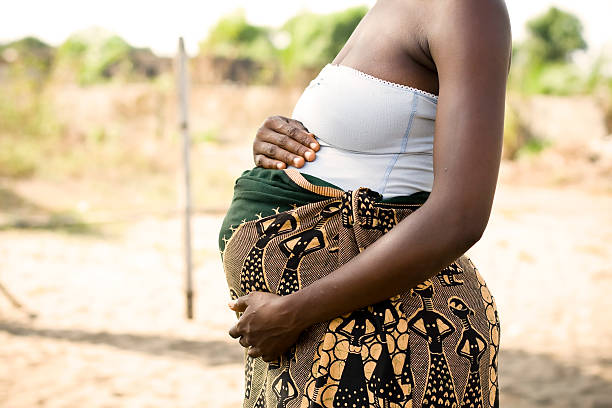

The United Nations suggested on Wednesday that instead of focusing solely on the growing global population, it is imperative to consider women’s reproductive rights to bolster “demographic resilience.”
The UN’s sexual and reproductive health agency, UNFPA, has recognized that there is a significant level of concern regarding the global population, expected to reach a maximum of approximately 10.4 billion by the 2080s.
UN On Women’s Reproductive Health
The UNFPA emphasized the importance of empowering women to take control of their reproductive choices and determine the timing and manner of their pregnancies.
According to Natalia Kanem, the head of UNFPA, the question of whether everyone can actively exercise their essential human right to decide the number and timing of their children has a definite answer, and that answer is no.
She stated that about 44 percent of women worldwide are unable to exercise their bodily autonomy, leaving them with limited or no control over making decisions about contraception usage, healthcare, and sexual activities with whom and whether to engage. Also, global statistics indicate that almost half of all pregnancies are unintended.
She explained that the countries that have the highest rates of fertility end up making a relatively small contribution towards global warming, while also being subjected to the most negative effects of global warming.
Half of the projected global population growth by 2050 will come from eight countries: the Philippines, India, the Democratic Republic of the Congo, Ethiopia, Pakistan, Tanzania, Nigeria and Egypt.
The study revealed that approximately 66 percent of the population is residing in nations with inadequate fertility rates.
Kanem stated that at present, there is a unique situation in human history where population growth is not a universal phenomenon.
In Africa, Niger has the highest fertility rate of 6.7, followed by Chad, DR Congo, Somalia, Mali, and the Central African Republic with rates ranging from 5.8 to 6.1.
Hong Kong, South Korea, Singapore, Macau, San Marino, Aruba, and China have the lowest birth rates. The birth rates in Hong Kong is 0.8, South Korea is 0.9, Singapore is 1.0, and Macau, San Marino, Aruba, and China all have a birth rate of 1.1 to 1.2.
According to estimates, Europe is anticipated to be the sole region that will face a decline in its population by 2050.
The current world fertility rate per woman is 2.3 and the life expectancy for men is 71 and for women is 76, according to the report findings.
Kanem stated that the aging of populations is predominantly due to longer life spans, which have increased by approximately ten years since 1990.
Approximately a quarter of the total global population consists of individuals who are 14 years old or younger. The majority, around 65%, fall into the age group of 15 to 64 years, whereas the rest of the population, approximately 10%, comprises individuals aged 65 or above.
The study discovered that concerned governments were more frequently implementing strategies to augment, reduce or sustain the number of births within their populations.
Nevertheless, these initiatives tend to yield little progress.
___
Source here
